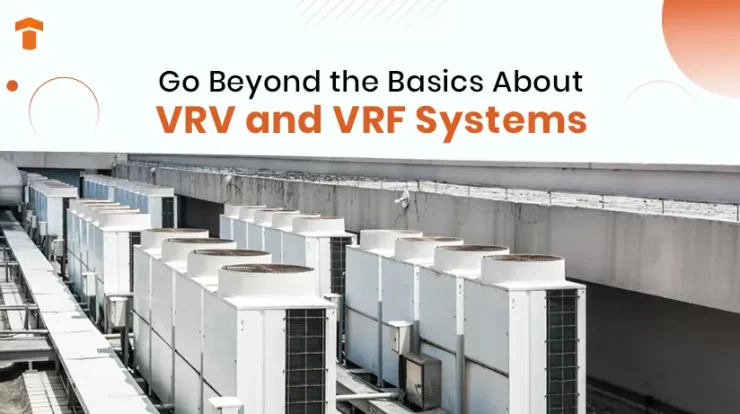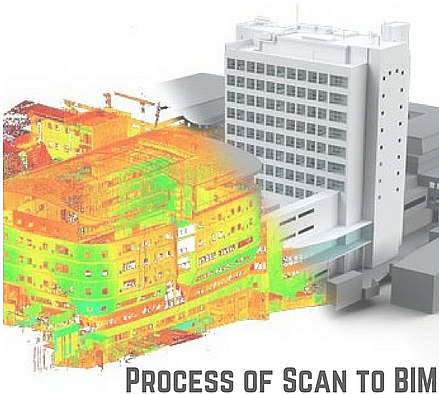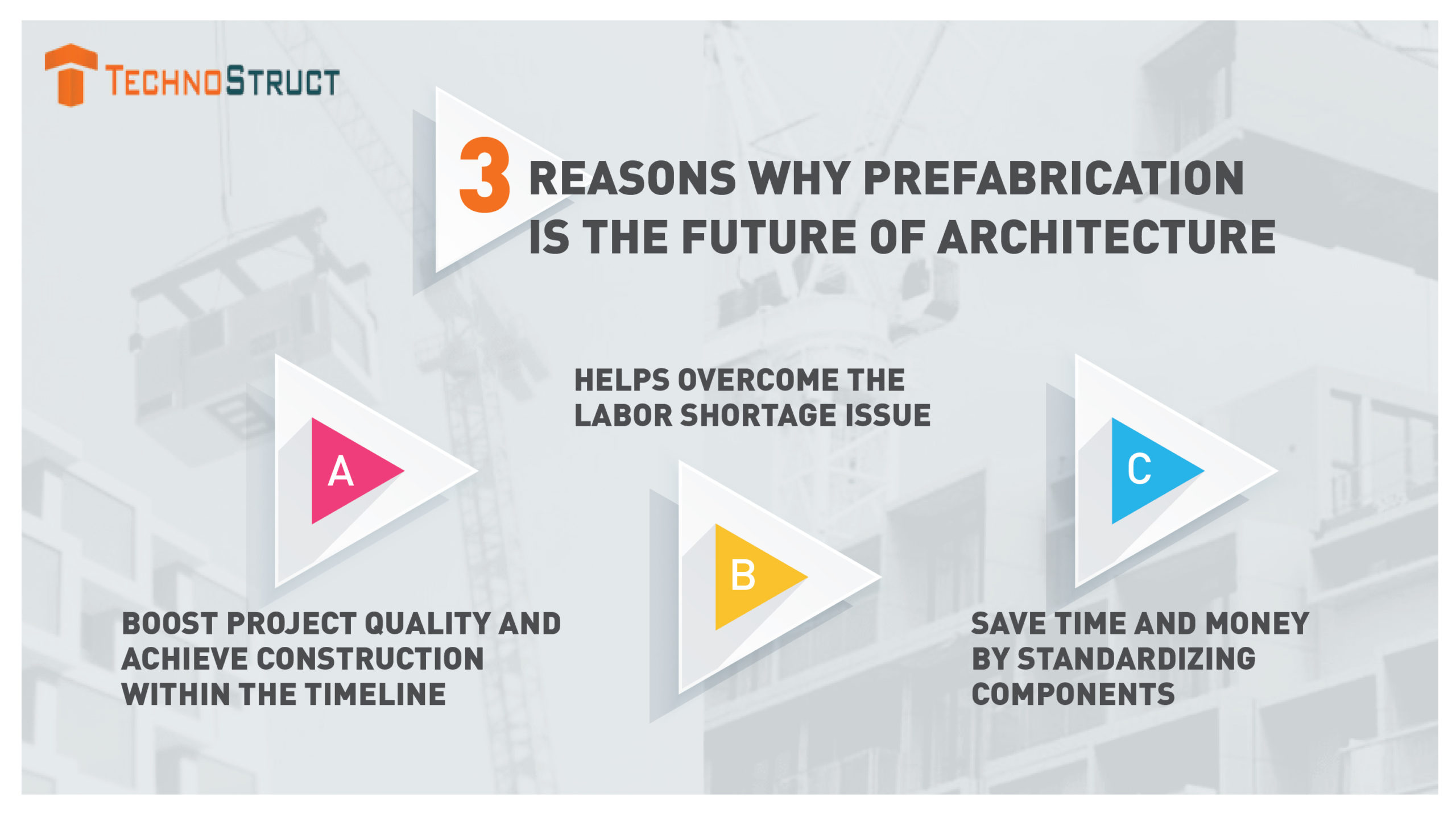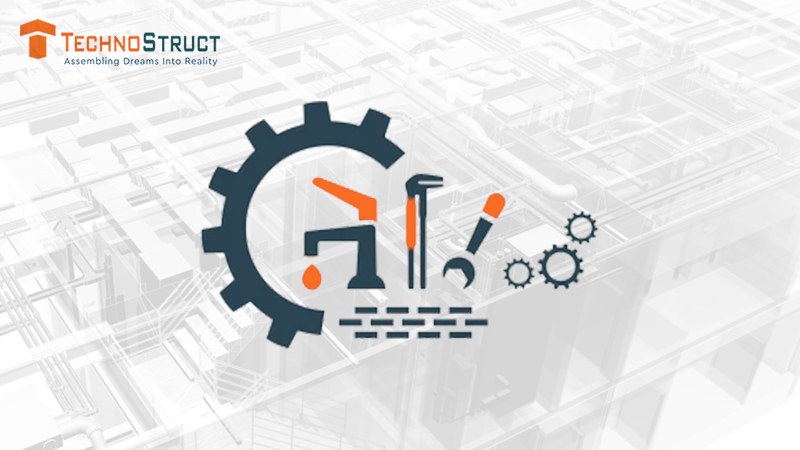
AEC professionals may often come across the terms VRV and VRF while working on construction projects. This HVAC technology is an essential part of the MEP system and helps the AEC experts manage the heating, ventilation and air conditioning across a building.
It may seem that VRV and VRF are two technologies, however, they are the same with different names. In traditional HVAC systems, refrigerant passes through the unit, which leads to evaporation and drawing heat out of the air conditioner. As a result, cool air is delivered.
However, Variable Refrigerant Volume and Variable Refrigerant Flow systems operate differently. In these approaches, you have to install multiple indoor units across the home. You can moderate the refrigerant as per the specific requirements of each area of the building.
What is Variable Refrigerant Volume Technology?
VRV system harnesses a collection of indoor units in the different air conditioning zones. It monitors the refrigerant supply that courses through these units according to the needs of every area.
The major difference that separates this system from VRF is that leading AC manufacturer Daikin is the founder, developer and copyright owner of this term. Only they can use this term legally.
What is Variable Refrigerant Flow Technology?
VRF method also works the same way as variable refrigerant volume. However, all companies except Daikin use the term variable refrigerant flow to address this system.
One or multiple compressors in the outdoor unit of the system use refrigerant as the only cooling material. It can assist in cooling or heating various zones simultaneously.
These technologies work effectively with heat recovery systems. Heat pumps equipped with these methods can heat up multiple zones at the same time and can ensure refrigerant flow is adjusted in each indoor unit.
Difference Between VRV and VRF Systems
You must have comprehended the introduction to these approaches in HVAC. Now, let’s do a VRF vs VRV in this section.
Budget
Variable refrigerant volume is more expensive than most of the brands available on the market. On the flip side, the range of variable refrigerant flow depends on the model and brand.
Energy Consumption
VRV offers a high energy-saving rating through the S High Efficiency Series. Multiple brands also deliver energy-efficient models equipped with VRF system.
Space Requirement
Diakin-owned method requires standard space according to the model. However, the other approach’s space requirements vary as per the brand, aircon type and model.
Maintenance
Regular aircon servicing allows low maintenance requirements for variable refrigerant volume. In the variable refrigerant flow set-up, you can expect the same result with regular servicing.
Cooling Power
VRV approach offers higher efficiency in cooling. On the other hand, cooling power depends on the BTU of the brand and model in the VRF system.
Importance of VRV and VRF Systems
Precision in Temperature Control
These approaches empower the building occupants to have precise control over the temperature. You can adjust the temperatures with more accuracy and maintain them as per the requirements of different occupants.
Advanced technologies such as electronic expansion valves and inverter compressors play a significant role in reaching this stage. These systems are effective in adjusting compressor speed and refrigerant flow to ensure specific demands for cooling and heating are matched in every zone.
Cost and Energy Efficiency
VRV and VRF methods are a vital part of a building’s MEP systems as they offer exceptional energy efficiency benefits. As mentioned above, these approaches leverage inverter-driven compressors that adjust the refrigerant flow according to the demand for cooling or heating in different areas.
It ensures unoccupied areas are not cooled or heated, which results in reduced energy consumption and higher savings. Moreover, these systems do not work like the constant start-stop cycles of traditional HVAC. This way, you can save costs and reduce your carbon footprint.
Zoning Capabilities and Flexibility
These systems offer higher flexibility in design and installation. In VRV and VRF in HVAC, you can connect multiple indoor units with a single outdoor unit.
Additionally, you can harness the zoning capabilities of these methods to cool or heat up a particular area for personalized comfort. Furthermore, these systems’ design flexibility allows them to accommodate different indoor unit types such as ceiling-mounted, wall-mounted, or concealed units.
Better Indoor Air Quality
People wish to have good air quality indoors as well as outdoors. It elevates the people’s health and comfort. Advanced filtration options such as high-efficiency particulate air (HEPA) filters and electrostatic filters found in these methods remove dust, allergens and other airborne particles.
Moreover, these systems are effective in proper ventilation as they continuously exchange indoor air with fresh outdoor air.
Smart Controls and Integration
Intelligent control options are one of the major advantages of VRF and VRV in HVAC systems. These controls enable the building owners to centrally manage and monitor the entire system. You can enhance the user experience and energy management through temperature settings, remote access and scheduling.
Types of VRV and VRF in HVAC
These systems have two main types and they are mentioned below.
Heat Pump Systems
Single Zone Heat Pumps
These units are suitable for a single space. They offer either cooling or heating, but cannot provide both simultaneously.
Multi-Zone Heat Pumps
It uses a single outdoor unit to serve multiple indoor units which enables the occupants to access different temperature settings for each zone.
Heat Recovery System
This method is beneficial for simultaneous cooling and heating distribution to various parts of the building. This type of system clears heat from the areas requiring cooling and sends it to the ones needing heat.
Conclusion
VRV and VRF systems are helping AEC industry experts unlock new levels of convenience in creating robust HVAC systems, especially in large buildings. The benefits these systems offer are exciting for the future.
Building occupants can leverage these methods to control the temperature, gain multi-zone comfort and boost energy as well as cost efficiency. As technology evolves, we can expect more effective systems to ensure more compelling HVAC operations in a building.
FAQs
Q 1: What are the key benefits of VRF and VRV air conditioning systems?
Ans: These systems are more beneficial than traditional cooling methods. They are a compelling choice for residential and commercial settings as these methods are energy efficient, flexible, scalable and can provide personalized comfort.
Q 2: What are the different types of VRV systems?
Ans: VRV systems have two different types: heat pump and heat recovery. The heat pump ensures the supply of cooling and heating. On the other hand, a heat recovery set-up clears heat from the areas requiring cooling and sends it to the ones needing heat.
Q 3: What is the difference between VRF and VRV in HVAC?
Ans: Variable refrigerant flow and variable refrigerant volume are two different ways to denote the same technology. Daikin owns the copyrights for VRV, hence other brands use VRF to address the same technology.



